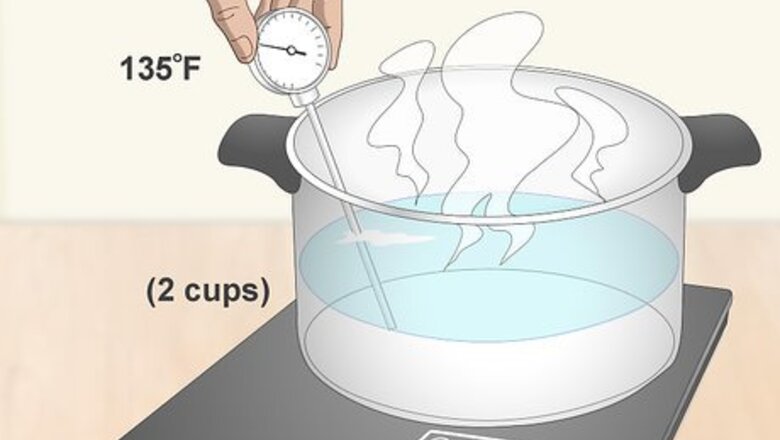
views
Making a Glycerin Bath
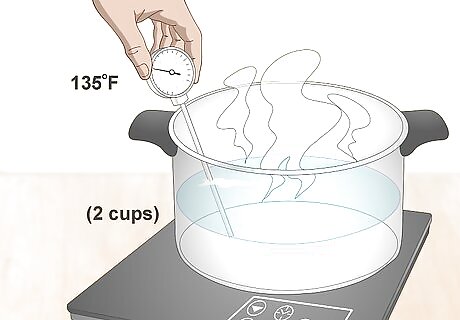
Heat 2 cups (470 mL) of water to 135 °F (57 °C). Place a pot with water over medium heat, and wait for it to warm up. Use a thermometer to check the temperature, and make sure it doesn’t go over 150 °F (66 °C). Then, turn off the heat. Heating the water makes it easier to combine the glycerin and water.
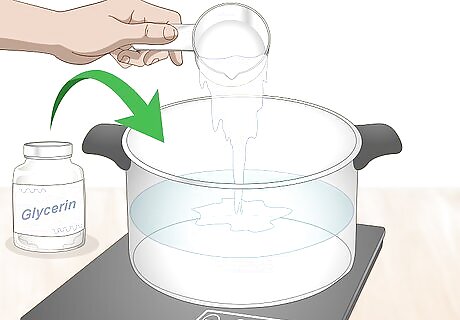
Mix 1 cup (240 mL) of glycerin into the water. Pour the glycerin into the warm water, stirring it with a spoon. Continue stirring the solution for at least 30 seconds to ensure that the glycerin and water have combined completely. You can purchase glycerin at the pharmacy, supermarket, or online. Opt for technical glycerin over laboratory glycerin because it’s less expensive. The mixture will be clear, so you won’t be able to see the water and glycerin mixing together.
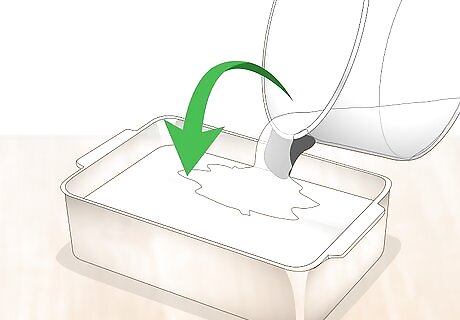
Pour the glycerin mixture into a baking dish. Use a glass baking dish that is large enough to fit your magnolia leaves. Carefully pour the mixture until there is about 0.5 inches (1.3 cm) of headspace remaining in the dish. If you have leftover glycerin, store it in an airtight container. You can reuse the mixture for preserving other leaves or flowers.
Glycerizing the Leaves
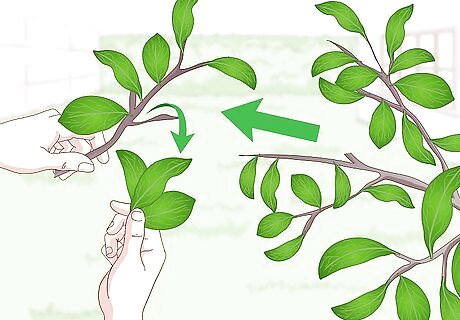
Cut fresh magnolia branches, remove the leaves, and cut the stems. Select fresh, green growth from the ends of the limbs to get the newest leaves, which will absorb the glycerin more easily. Use a pair of scissors to cut the leaves away from the branch, and crush or cut the stem of the leaf with your scissors to increase absorption. Where you’ll cut the leaves from the branches depends on what you’re using them for. Some projects might require you to leave the stems on the leaf, while others might require stemless leaves.
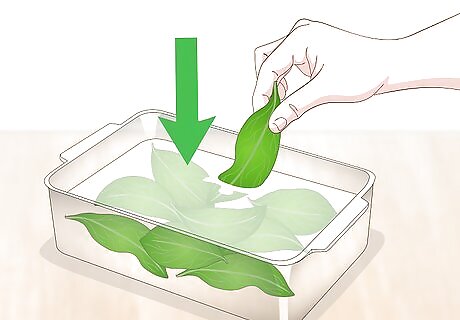
Place the leaves in the dish so that they’re submerged in the glycerin. Organize the leaves so that they aren’t overlapping and are mostly covered with the mixture. Some leaves may float, so be sure to keep them separated. Glycerin is non-toxic and safe for humans and animals, so don’t worry about wearing gloves to touch the glycerin bath.
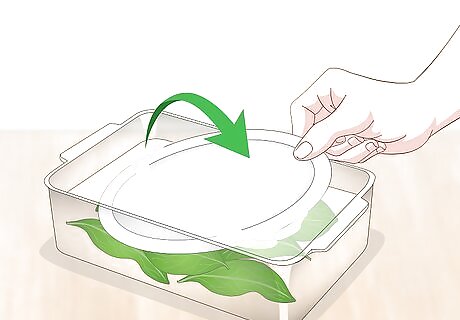
Lay a tray or dish over the leaves to keep them submerged. Pick a heavier plastic tray or dish to place over top of the leaves. Make sure the tray fits inside the baking dish and covers all of the leaves in the dish. If the tray isn’t heavy enough to press the leaves into the bath, place a heavy item like a rock or paper weight on top of it.
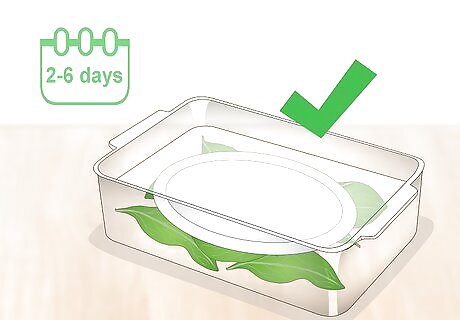
Keep the leaves in the solution for 2-6 days. Let the leaves soak in the glycerin solution for at least 2 days, and then look at the leaves. If the entire leaf is a golden-brown color, remove it from the bath. Leave any leaves that aren’t yet golden-brown in the water for an additional 1-2 days. The leaves should be flexible when you pull them out of the bath, so bend them back and forth a few times to ensure that they don’t break. If the first leaf that you try bending does break, keep the rest of the leaves in the bath for another day to absorb more glycerin. If you're glycerizing a larger branch with leaves on it, the process can take up to 2-3 weeks, and you will need to replace the glycerin bath after each week to ensure that there is enough glycerin available.
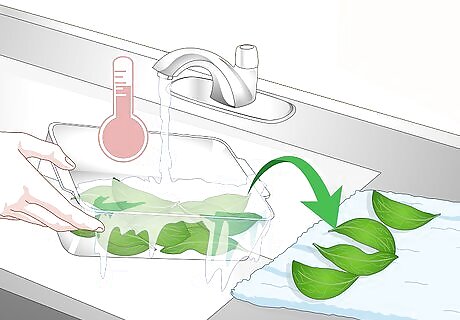
Rinse the leaves with warm water and blot them dry. Run the leaves under warm water to wash away any excess glycerin from the bath. Then, lay them flat on a towel and pat them dry with a cloth or paper towel. If you want shiny leaves, you can polish them with a soft cloth for 15-20 seconds each to make the leaves glossy.

Use the leaves in a floral arrangement or display them for years to come. The pliable, glycerized leaves are extremely long-lasting and durable. You can craft them into a wreath or use them as foliage for a floral arrangement. When you aren’t using your leaves, store them in a resealable plastic bag or airtight container in a dark, dry place. Since the leaves are soft and pliable, you don’t need to worry about breaking or crumbling when using or storing them.


















Comments
0 comment